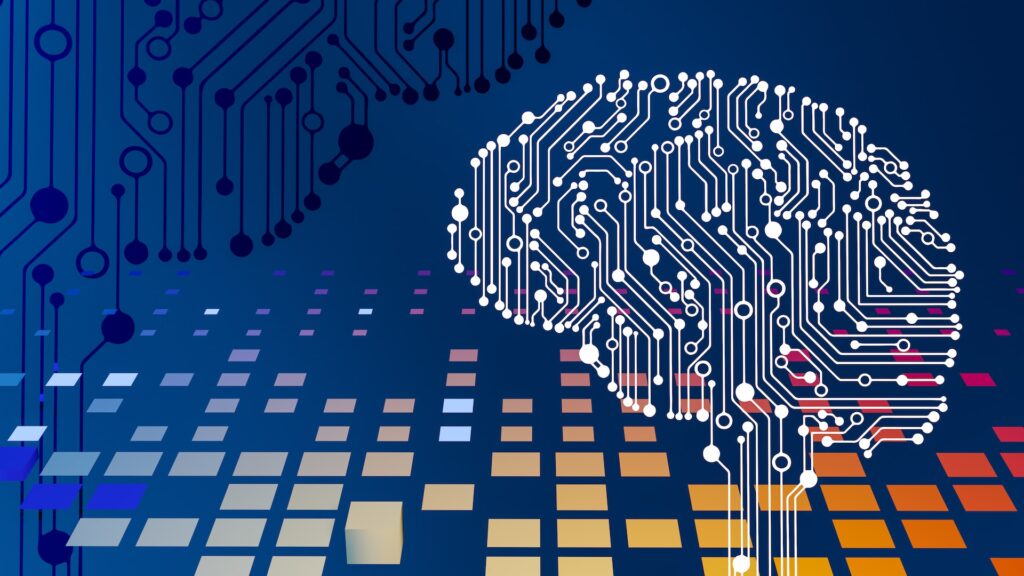
We’re in an era where there’s no shortage of solutions in the marketplace, and companies are hitting your inbox daily detailing why their product/solution is the best. While there’s constant technological progress, we’ve ultimately overwhelmed the consumer with too many choices.
Enter the new age Managed Services Provider (MSP). The new age MSP has evolved to much more than just your standard help-desk/break-fix provider and can now handle everything from end-user machines (laptops/desktops), to the network layer, to data center infrastructure, to the cloud, and last but certainly not lease, security across the entire technology stack.
Let this discussion serve as a guide to what Admins, IT Directors, & CIO’s should be looking for in the new age of the MSP to complement their IT teams.
Providing End-to-end Solutioning
When most think of an MSP, they’re thinking of a Network Operations Center (NOC) that monitors a ticket queue and responds to requests to reset passwords or update an application. While there are certainly MSP’s that solely do just that, a simple break/fix provider just doesn’t cut it anymore.
Your MSP should be able to solution across your entire technology stack. Whether your customer needs new laptops, a network hardening effort, new data center infrastructure, or a cloud strategy, a new age MSP should be able to dive into each category to offload the customer burden of juggling multiple vendors.
If you’re a customer reading this, you’re thinking “this sounds great.” If you’re an MSP reading this, you’re thinking “how the heck am I supposed to do all of that?”.
Minimize Inputs
An effective MSP should help the customer minimize the number of different technologies that they’re looking at. This stems from identifying who your top tier partners are, doubling down on understanding their offering, and becoming true experts in solution fulfillment.
For example, VirtuIT exclusively sells Dell EMC Storage, Servers, and Networking products. This means that our sales team knows the solutions better than our competitors, and our engineering team can fulfill just as well as the Dell EMC teams.
From an MSP perspective, this makes scoping and solutioning much easier.
Scoping
Leveraging the appropriate scoping tools such as a LiveOptics or NetDetective gives you a much better understanding of what’s in a customers environment, and ability to understand where the gaps are.
“Seek first to understand, then to be understood.” – Stephen Covey
The assessments can be done on behalf of your customer or right alongside them depending on their comfort level with running these types of assessments.
Solutioning
Now that you have the data from the assessments, the fun part is putting the solution together. No, not just a quote (although you’ll need that too).
The solutioning phase should highlight:
- Everything in the customers current environment (think capacity, utilization, number of users, products, etc.)
- Where the gaps are (EOL hardware/software, out of date firmware, security precautions, etc.)
- What products and/or services fill those gaps
- A roadmap and action plan for fulfillment that account for future needs
- Lastly, how much it’s going to cost the customer
From a customer’s perspective, you want to offload any tension by setting clear expectations on what you’re going to do, how you’re going to do it, and what’s required on their end.
A Customer-First Mindset
The customer has no shortage of IT solutions to choose from, so what makes the tech-stack of an MSP any different? Quick answer, absolutely nothing. An effective MSP isn’t offering any and every bit of technology under the sun, they’re offering a core set of skills that bring original equipment manufacturer (OEM) solutions to the market with a deep set of expertise in each product offering.
The MSP should bring the solutions to their customer, not the other way around. This eliminates the number of tech-stacks a customer must look at, and allows them to dive deeper into the presented solution and how it’ll positively impact their business.
Presentation
When the solutioning phase is done correctly, this part is just making it look pretty. Your customer doesn’t want to just see an excel sheet with a number on it that they need to pay.
The customer should gain a clear understanding of what their pain points and environment gaps are, a proven expertise to solve the problem, and what the approach to solving the problem will be.
It’s then up to the marketing team to work with engineering and sales to present the overall solution to the customer in a manner that looks clean and cuts through the noise.
Fulfillment
Once you obtain customer buy-in, it’s time to deliver on fulfillment. Throughout the journey, a customer has angst on ensuring the job gets done correctly. It’s the Engineering and Sales teams job to over-communicate to the customer and ease potential tension.
Some items to over communicate on include:
- What are the timelines on equipment delivery?
- How long after the server lands onsite will an engineer be there to install?
- When will each phase of the statement of work be completed?
- How frequently are status updates communicated to customers?
- Is there a process in place to handle all of the above?
By effectively answering these questions, you’ll not only put your customer at ease, but ensure the fulfillment team is prepared to execute.
Ongoing Management
Because we’re in the managed services business, customer service doesn’t stop once the PO is received or the equipment is deployed. We’re building relationships based on deep expertise and established trust over time.
If a customer has made it to the managed services stage, it means they’re trusting the MSP with their hard-fought for budget dollars. So what does stellar ongoing customer service look like?
- Weekly/Quarterly/Annual check-ins
- Reporting that shows what utilization and growth within the account looks like
- Fast responses within agreed upon SLA’s when an event occurs
- Ability to have 1×1 consultative support with your team
- Delivering everything you set out to when you initially scoped the solution (it can be easy to forget this one)
Overcommunication and expectation setting will help significantly with fulfillment and ongoing management.
Having a Security-Focused Mindset
Everything we’ve touched on so far goes into the new age standard of what an MSP should offer. The last two topics that we’ll touch on (security and technology adoption) are what separates the best MSPs from the rest of the pack.
Threat Landscape
The threat landscape grows each year. Whether it’s backups or an online application, chances are that you have at least some piece of your business that leverages a cloud architecture. According to Crowdstrike, Cloud exploitations alone grew by 95% in 2022.
As technology accelerates, so do the risks that go along with it. Two of the biggest shifts we’ve seen in the past 5 years are remote work and Hybrid-cloud adoption.
Remote work
On the frontend of the spectrum, remote work has users accessing secure company files from PC’s and networks that we often can’t guarantee are secure in the same manner that the traditional office environment enabled (that’s not to say remote work is better or worse than office work).
This has introduced the focus on security solutions such as enhanced endpoint protection, network hardening, and internal security awareness training for employees.
Hybrid-Cloud Adoption
No workloads are the same, and most organizations aren’t adopting either fully on-premise or cloud only. Certain workloads make more sense to remain on-premise, while certain workloads make much more sense running in a cloud environment. (Shameless plug – let us know if you need help distinguishing between the two.)
IT teams are forced to protect on-premise while also managing the growing threat of cloud exploitations. Cloud-conscious attackers predominantly gain access through valid accounts and public facing applications. This has led to the surge of SOC and cybersecurity solutions that continually monitor cloud environments, immutable backups that cannot be modified or deleted, & EDR solutions that protect from insider events.
Security Risk Mitigation vs. Reaction
In the security arena, you’ll hear the terms “before the boom” vs. “after the boom”. ‘Before the boom’ refers to all efforts taken to mitigate your security risk exposure, while ‘after the boom’ refers to incident response and recovery if the unfortunate occurs.
Before the Boom
In effort to mitigate security vulnerabilities. It’s important to gain a full understanding to identify where threats might even exist. If there are endpoints on your network that you’re unaware of, it’s difficult to protect against threats.
Once identified, you can now begin security hardening. This is where your MSP can help you navigate the overwhelming number of security solutions out there. Some of those security protocols and solutions include:
- Access controls
- Antivirus/Endpoint detection and response (EDR)
- Network hardening
- Multi-factor authentication
- Monitoring and alerting
- Backup and Disaster Recovery
- Incident and response planning
- SOCaaS
The list goes on.
Your MSP should be able to help you navigate the security pillars by roadmapping:
- Asset visibility
- Network hardening
- Threat detection
- Response and recovery planning
After the Boom
We never want to get to this place, but if we do, how do we react and what protocols are in place? Do we have the right tools to leverage to help us get through the incident quickly?
The hope is that you don’t have to use them, but it’s important to consider tools in your arsenal that will help address incidents such as(after the boom) SOCaaS platforms, E&O Insurance, event logging, & documented recovery planning.
As you’re walking through your technology roadmap with your MSP, it’s important to begin the discussion around incident and response planning. Your MSP should have a go-to partner that they can help you deploy such as Arctic Wolf Incident response.
Leading the Forefront of Technology Adoption
Your MSP likely isn’t going to be bringing their own new products to the market. This leaves them plenty of time to become educated on industry trends and solutions that are coming to market, and identify how it will help their customers.
These solutions range from products and services to technology disruption across the industry.
Industry Trends and Emerging Technology
- New product and solution rollouts
- New best practices (security focused)
- Attending events and obtaining findings valuable to customer base
Artificial Intelligence
This post wouldn’t be complete without the mention of artificial intelligence (AI). Outside of the technology industry, A.I. receives some negative PR as this new robot-driven technology that’s coming to take our jobs. In reality, artificial intelligence is simply leveraging automation to develop outputs based on a known set of actions. Sounds a bit less scary, right?
Now, how is A.I. being used by technical teams? Here are two specific solutions to serve as examples on what new technology adoption might look like.
Microsoft Copilot
At the front end of your tech stack, Microsoft Copilot brings machine learning directly to your end user PC’s. With the new Windows 11 update, users will have a virtual assistant that learns the way they work, and help automate mundane tasks.
Whether it be transcribing meeting minutes to actionable notes for follow-up, or helping you automatically transfer data between tools, your day-to-day will now leverage A.I.
Hybrid-Cloud Deployments
At the back end of your tech stack, data center solutions are coming to market that make Hybrid-cloud deployments and visibility much more seamless. Dell EMC APEX for Microsoft Azure Cloud is helping IT teams develop strategic multi-cloud approaches regardless of where the workload sits.
As we touched on earlier, not all workloads are the same. Some instances are better reserved on-premise, while others are better suited for a cloud architecture, A.I. will help IT teams deploy those resources in a much more seamless fashion without having to hire loads of engineers to assist with deployments.
The Future of The New Age MSP
We’re attempting to condense decades worth of IT evolution into one article, but here are some key takeaways.
- Your MSP should be able to help you solution from the front end to the back end of your technology stack while providing a roadmap that accounts for future business demands.
- Overcommunication is critical as you’re going through solutioning and deployment to ensure that efforts and goals align.
- Security should be top of mind, and at a much deeper level than simply firewalls and antivirus.
- What new industry trends are occurring, and is your MSP bringing your attention to the changing landscape? An MSP should continuously analyze shifts and bring them to their customer base with a deeper understanding (in this case, we use A.I. as a prime example.)
Let us know if you’re struggling in any of these arenas or want to discuss roadmapping how you can improve your current IT practices.


